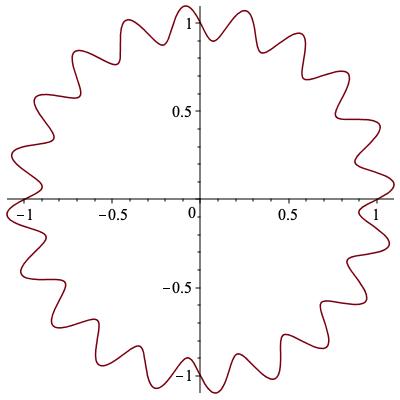It is known that the perimeter is lower semicontinuous for the convergence of sets. Two variants are widely known:
(Golab's theorem) in $\Bbb{R}^2$ if the sets $\Omega_n$ converge to $\Omega$ in the Hausdorff metric then $\mathcal H^1(\partial \Omega) \leq \liminf \mathcal H^1(\partial E_n)$.
in general, when working with finite perimeter sets using total variation, if $\chi_{\Omega_n}$ converges to $\chi_\Omega$ in $L^1$ (convergence of characteristic functions) then again $\liminf Per(\Omega_n) \geq Per(\Omega)$.
These work very nice when dealing with minimization problems. When dealing with maximizing sequences, however continuity is necessary. This is known to be true in the convex case, i.e. if a sequence of convex sets $\Omega_n$ converge in the Hausdorff metric to $\Omega$ (with non-void interior) then the perimeters converge.
In the problem which interests me $\Omega_n$ are minimal relative perimeter sets inside some domains $D_n$ which may be considered convex. This means that they have a boundary which is piecewise $C^1$ with smooth parts having constant curvature. Moreover, the arcs meet at prescribed angles ($\pi/2$ with the boundary of $D_n$, $2\pi/3$ with one another). Such sets are not necessarily convex, but they are not at all arbitrary. Also, the domains $D_n$ converge in the Hausdorff metric to some domain $D$ (for simplicity assume $D_n$ and $D$ are convex and non degenerate, eventually with fixed volume). My guess is that we should have continuity of the perimeters in this case, but I failed to find results which help me conclude that. Therefore here are my questions (concerning sets which converge in the Hausdorff metric):
Are there any other pathological cases where the perimeter is not continuous apart from cases where two parts of the boundary collapse or when an oscillatory boundary converges to some smoother limit (like zig-zags converging to a segment) ? (as said before, it is possible to assume that the sets are piecewise $C^1$)
Do you know any concrete results where hypotheses under which the perimeter is continuous are discussed (apart from convexity) ?

